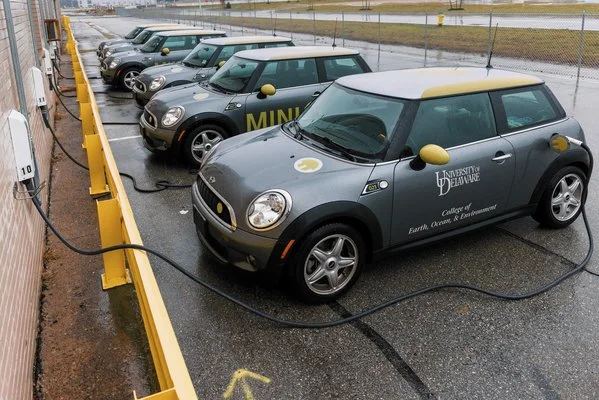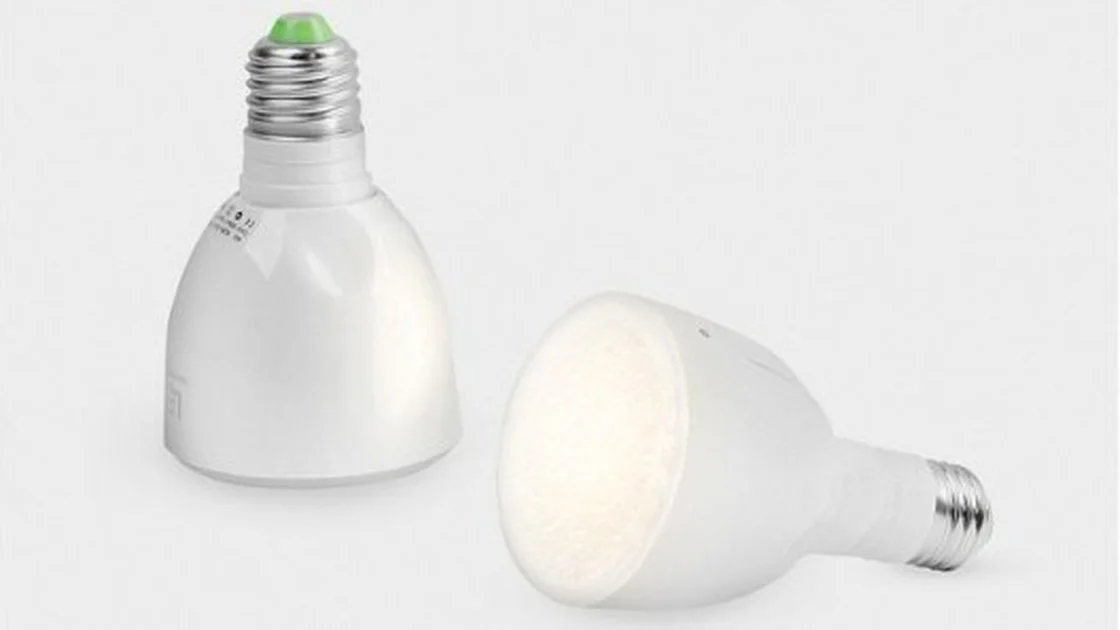> What is the biggest reason we all haven't bought e-bikes? Is it that we are so immersed in car culture that we find it hard to see how an e-bike can do everything for us that a personal automobile can? Check out 5 good reasons you might look into buying an electric bike, soon.
> Researchers at the University of California, Berkeley are working on a new set of smart curtains that could cut your energy usage in half. Made from fabric embedded with carbon nanotubes, the curtains would respond to light, automatically closing when the sun’s rays are their strongest. The smart curtains work without batteries, electricity, or an operating system, which could save large office buildingssignificantly in energy costs.
> If you haven't already, check out the Green Building Information Gateway (GBIG). GBIG is a great way to explore green building activities and find certifications, disclosures, awards, case studies and more.
> Passivhaus, or passive house design demands a lot of insulation, so at first it seems counter-intuitive to put a passivhaus on stilts and have yet another surface exposed to the elements. In fact, passive houses are so well insulated that they often have as much as 14 inches of foam under the slab. If you don't like plastic foam insulation and want to use a greener product, it actually makes sense to put the whole thing up in the air. Juri Troy Architects designed the House under the Oaks to be "a low budget passive house concept developed for an Austrian family." Like so many Passivhaus designs, it is a simple box, since every jog or corner is a thermal complication.
> Consider checking out Mini Farming: Self-Sufficiency on 1/4 Acre. This book deals with learning to grow the majority of the food you need for yourself and your family on a small amount of land using the square foot gardening technique. The book takes you from the initial steps needed to prepare your land, to harvesting and maintaining soil quality year after year.
> Like so many other American cities, Louisville, Kentucky, must deal with thousands of vacant properties. The city government alone owns more than 450. To turn these vacant lots into assets, the city government and Vision Louisville have launched Lots of Possibility, an innovative design competition to transform blighted, abandoned spaces.
The city government tells us: “Vacant properties not only threaten the health, safety and vibrancy of a neighborhood – but they also are lost opportunities to create active places that strengthen neighborhoods.”
Individuals or teams can submit ideas for either permanent or temporary uses of city-owned lots. The city will select six finalists for each category and then two winners for each, which will receive seed funding.
The city government explains how the competition works for both categories:
Permanent projects (e.g., residential, commercial, institutional/civic, or other use that requires taking ownership of the lot)
Two winners in this category will receive ownership of the vacant lot proposed + $15,000 in seed funding to make the project happen. In this category, particular emphasis will be placed on making sure that the idea is not only creative, cost effective and able to be replicated, but also has the potential to be fully funded (assuming that additional funds beyond the prize package are needed.
Temporary/interim projects (e.g., do not involve a physical structure that will be difficult to remove; one to two year lease of the vacant lot acceptable)
This category is designed for proposals that identify innovative ways to repurpose vacant lots. Uses are not expected to be permanent at the outset, but rather to preserve the land for future potential development. Two winners in this category will receive a one year land lease (renewable for an additional year) + $4,000 in project funding. Please note that winners will be expected to maintain the lot, as well as restore the site, at the end of the lease.
The city has made 250 vacant lots available. “They are of varying sizes, shapes and locations.”
> We are about to enjoy the 2014 Sochi Winter Olympics, but how many more Winter Olympics will we be able to have? Russia's Sochi, Canada's Vancouver, France's Chamonix, Japan's Nagano and California's Squaw Valley all have one thing in common: These former and future Winter Olympics venues are each known as prime sites for cold-weather sports, and as breathtaking havens for sporting enthusiasts. But according to a new study, these winter wonderlands are now under threat from climate change and soon may no longer be cold enough to play host to elite winter sports competitions like the Winter Games.
> Check out National "Shout Out For Solar" Day on the Greensburg GreenTown homepage!
















